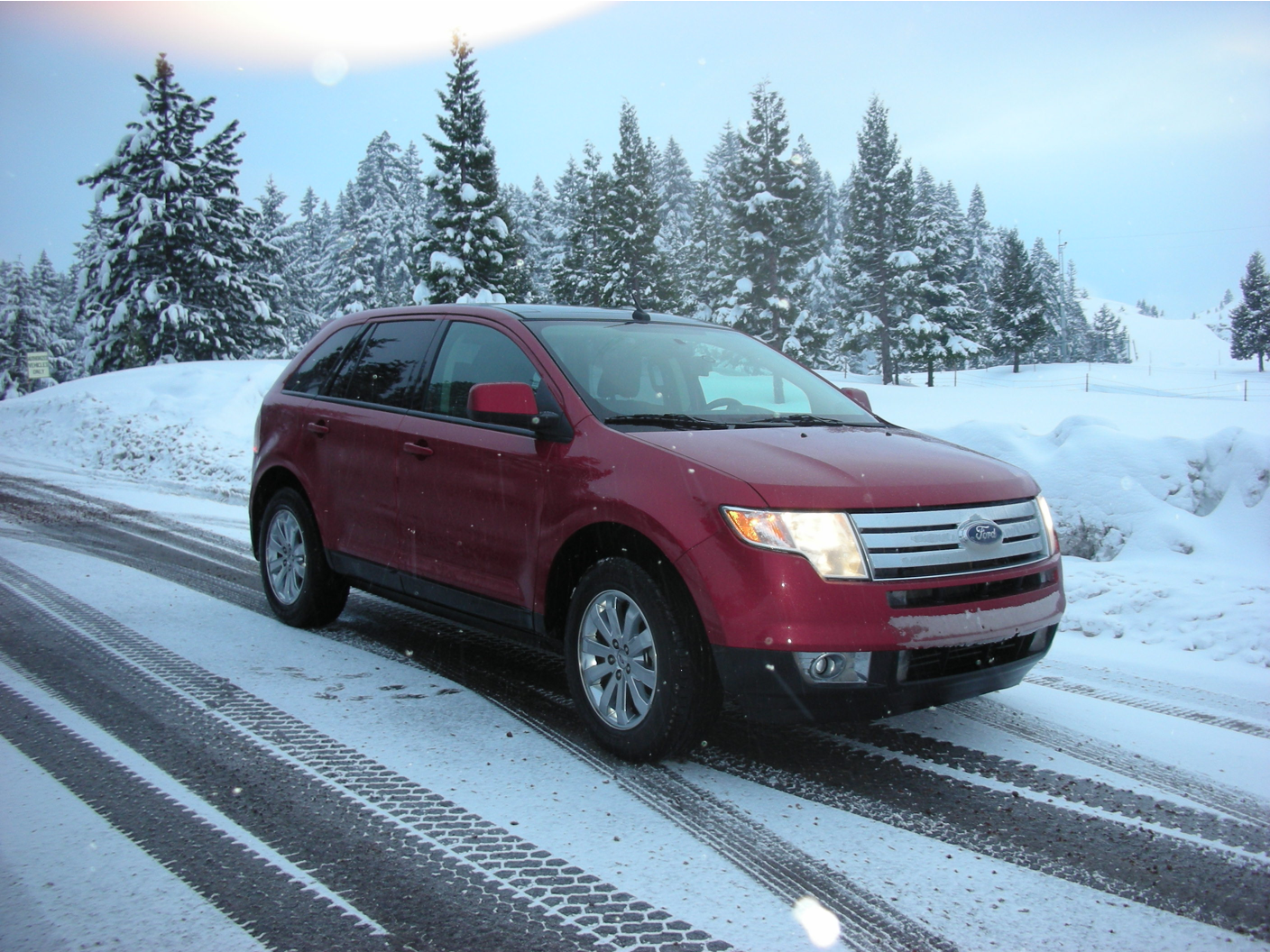

If you’re up against snow, sleet and ice each winter, you can’t go wrong with these vehicles.
BEST CARS FOR SNOW DRIVER
In selecting a top 5, we placed an emphasis on a capable drivetrain, sufficient ground clearance, good fuel economy, the latest technology in safety features, and overall driver comfort. There are a number of new and used vehicles available today that perform extremely well in tough winter driving conditions. These can be added options when ordering a new car or installed later on most late-model used vehicles. This is why comfort features like heated seats, a heated steering wheel and remote start can be nice to have in wintry weather. It's easier to remain alert and drive safely when you're comfortable and focused. Slow down, and keep double or even triple the usual amount of distance between your vehicle and those around you. This is why it's important to remember that while your car can help you stay safe during rough weather, there's no replacement for safe driving practices. On icy or snow-covered roads, making sharp turns, quick corrections, or sudden braking pose a greater risk of losing control. However, the danger of winter driving isn't just that it’s harder to drive in a straight line. These features may not seem to have much to do with tackling snow and ice. Adaptive headlights: Unfixed lights swivel to optimize light distribution.Collision warning systems: Light and sound display when a collision is possible.Stability control: Auto brake adjustments prevent sliding or spinouts.Anti-lock brakes: Automatically releases and reapplies braking when it locks.Blind spot monitoring: Can be standard on new cars or added later.The best cars for snow will also have other valuable safety features, such as: Most SUVs average 6 – 8 inches of ground clearance, and, typically, the more ground clearance the better for driving in deep snow. The Society of Automotive Engineers (SAE) defines ground clearance as the lowest point on the car, typically a suspension component that moves with the wheel. High ground clearance is another key characteristic to look for, as a vehicle that's low to the ground will pile up snow in front of it. The 4WD componentry also adds weight, which raises fuel consumption as well as the price of the vehicle. Meanwhile, a 4WD system always delivers at least some power to all the wheels and provides maximum control for the driver, especially on rough terrain or in mud or heavy snow. All-wheel-drive systems deliver power to two wheels most of the time, but can automatically redistribute some torque to the other wheels in slippery conditions to maximize stability and safety. The best vehicles for snow come down to AWD vs. For the sake of this discussion, we’ll be focused on all-wheel drive (AWD) and four-wheel-drive (4WD) cars and trucks. Two-wheel drive cars deliver energy to just one of the axels and can be either front-wheel drive (FWD) or rear-wheel drive (RWD). The term “drivetrain” refers to all the components of a vehicle that transfer the power generated by the engine to the wheels. The best vehicles for harsh winter driving come equipped with more advanced drivetrains, higher ground clearance, better safety features and enhanced comfort options to help handle winter conditions better than others. For safe winter driving in even temperate regions (where ice and snow are still possible on rare occasions) it's important to winterize your car with ice-approved windshield wipers and wiper fluids, a change to a multiviscosity 5W-30 motor oil, or even winter or snow tires, which have aggressive treads that help maintain traction on icy roads.


 0 kommentar(er)
0 kommentar(er)
